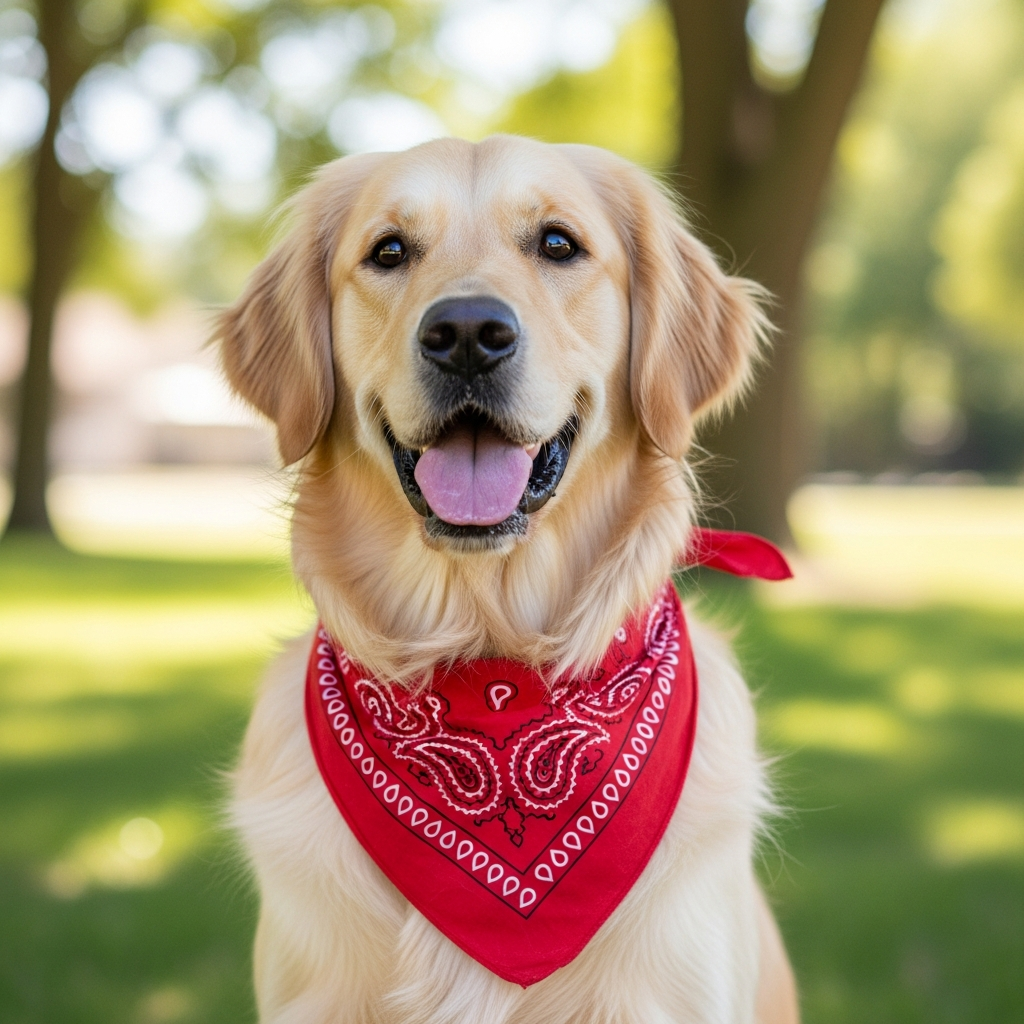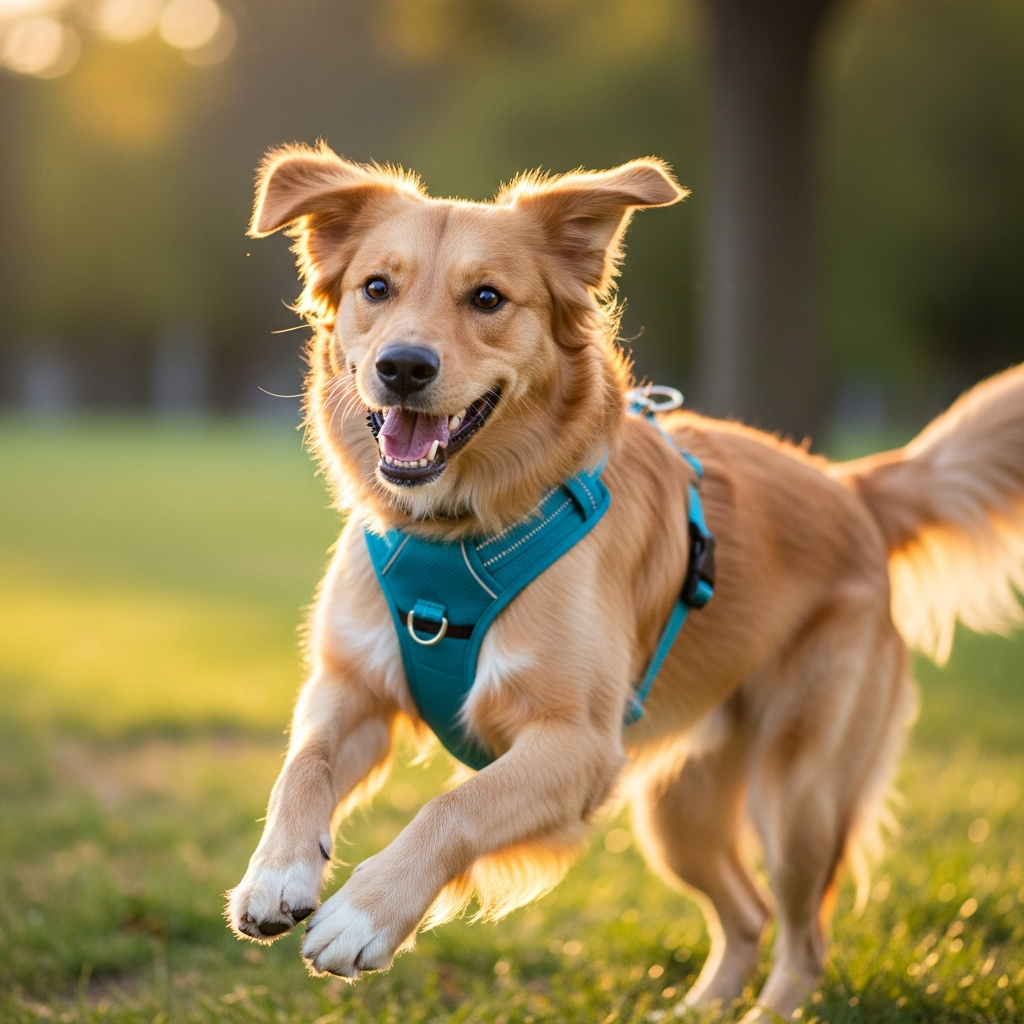You see a service dog working and notice its vest. This makes you wonder about the purpose of the gear. Is it just a uniform, or does it do something more critical?
A service dog's vest or harness is a vital piece of equipment with three main benefits. First, it clearly identifies the dog as a working animal to prevent public distractions. Second, specialized harnesses provide physical support for the handler. Third, it can carry important medical information.
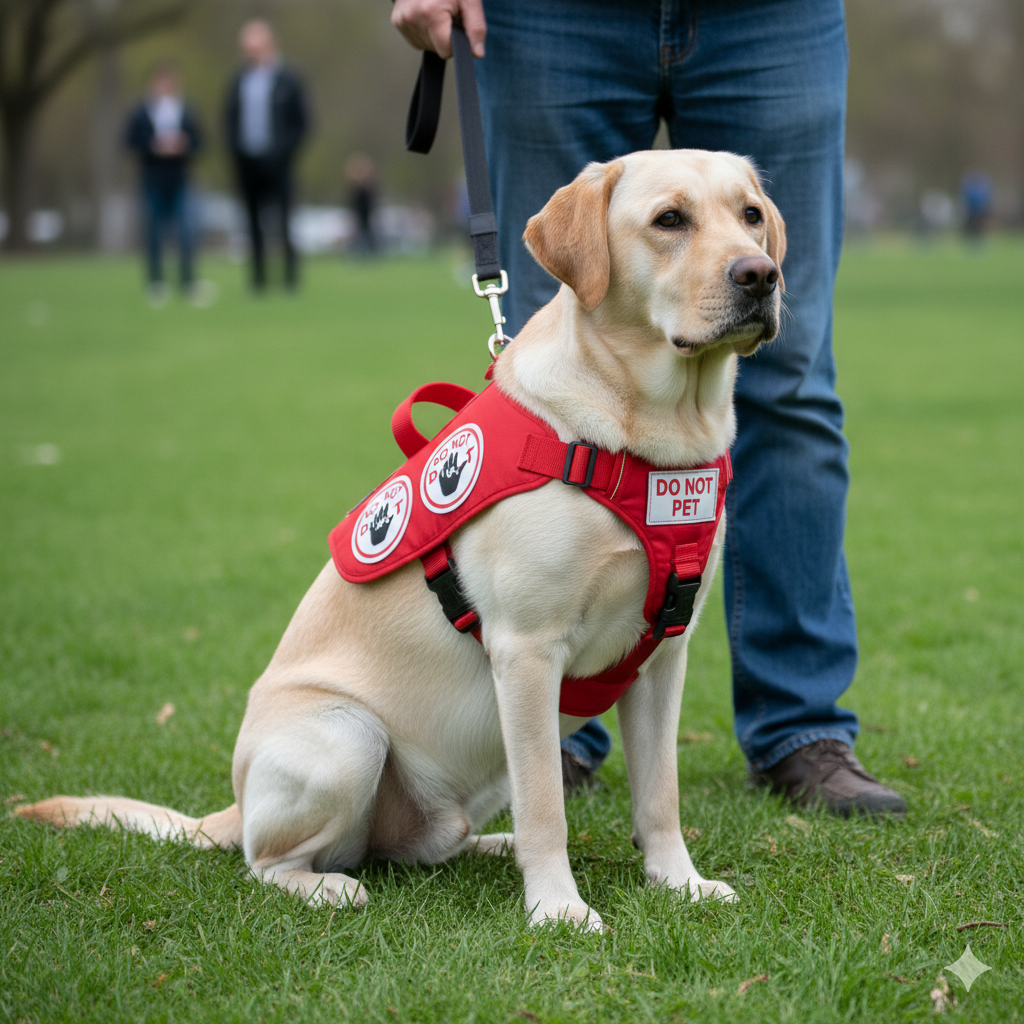
During my career designing dog gear, I've learned that the best products solve a real-world problem. For service dogs, the problems are complex, involving public access, handler safety, and the dog's ability to focus. The vest isn't just fabric and buckles; it's a communication tool and a functional piece of medical equipment. It represents the deep bond and working partnership between a person and their dog. Let's look closer at how this simple piece of gear accomplishes so much.
Is a Vest More Than Just an 'On-Duty' Sign?
You might think the service dog vest is just a uniform. But does it do more than just say "I'm working"? It seems too simple, making you wonder what you're missing.
Yes, it is much more than a sign. While its main job is to inform the public, the vest also acts as a psychological cue for the dog—vest on means work time. It can also hold patches with specific instructions like "Medical Alert," which is critical for the handler's safety.
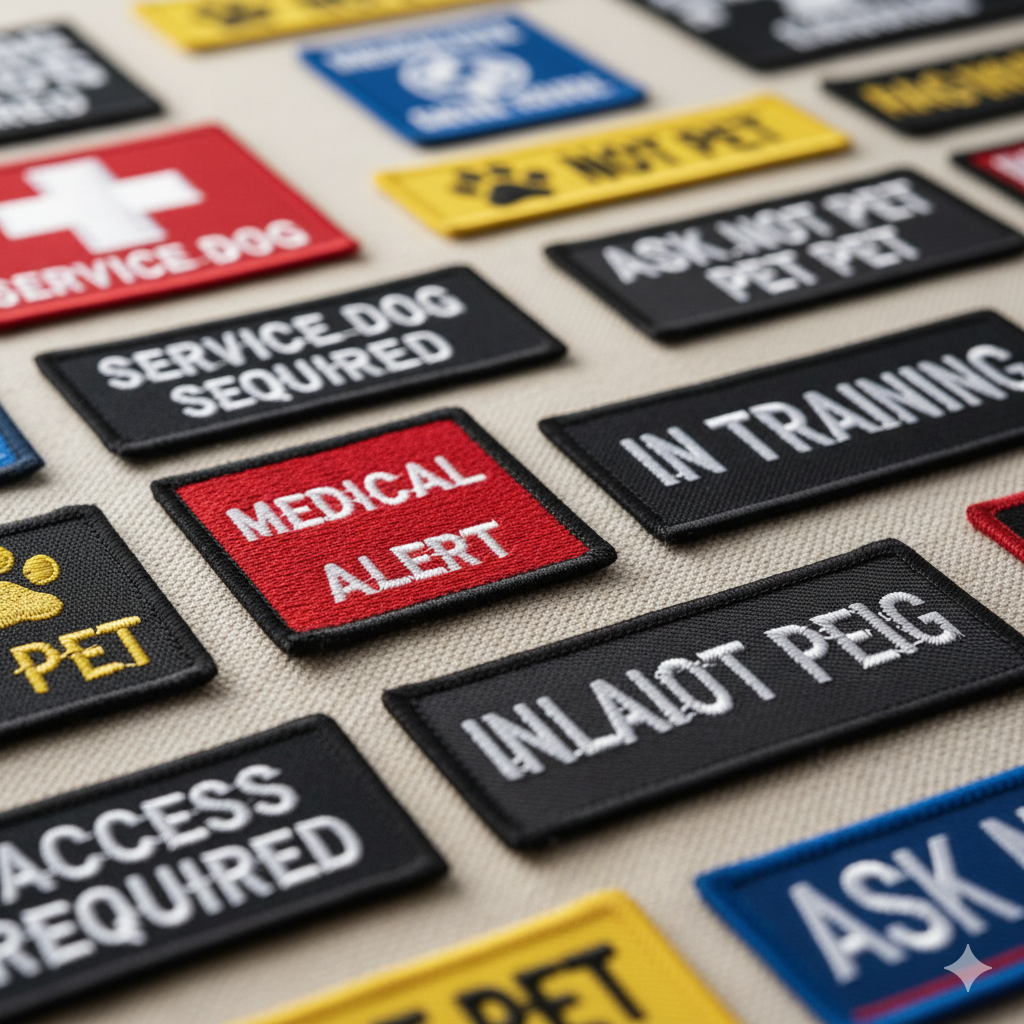
From a design perspective, the vest is a brilliant example of functional communication. Think about it as a uniform for the dog. When I put on my work apron in the workshop, my mindset shifts. It's the same for a service dog. The routine of putting on the vest signals that it's time to focus, ignore squirrels, and tune into their handler's needs. This is classic conditioning in action, and it helps create a clear boundary between work and play for the animal.
The patches are just as important. They provide silent, clear instructions to everyone around them.
Key Informational Patches and Their Purpose
| Patch Text | Purpose | Target Audience |
|---|---|---|
| "Service Dog" | Basic identification | General Public |
| "Do Not Pet" | Prevents distractions that can be dangerous | General Public, especially children |
| "Medical Alert" | Informs others the dog performs a medical task | First Responders, Public |
| "In Training" | Asks for extra space and patience | General Public, Business Owners |
When I consult on these products, I always stress the importance of high-contrast, easy-to-read fonts. In an emergency, a first responder must be able to read a patch from a distance. The vest isn't just an accessory; it's a silent communicator that keeps the dog-and-handler team safe.
What Are the Functional Differences in Service Dog Harnesses?
You see many kinds of service dog gear. Some are simple vests, while others are complex harnesses with rigid handles. This makes you wonder why the designs are so different from each other.
Service dog harnesses are designed for specific tasks. A lightweight vest is for identification. A harness with a rigid handle, called a mobility or guide harness, provides physical support and stability for the handler, acting as a direct extension of the dog.
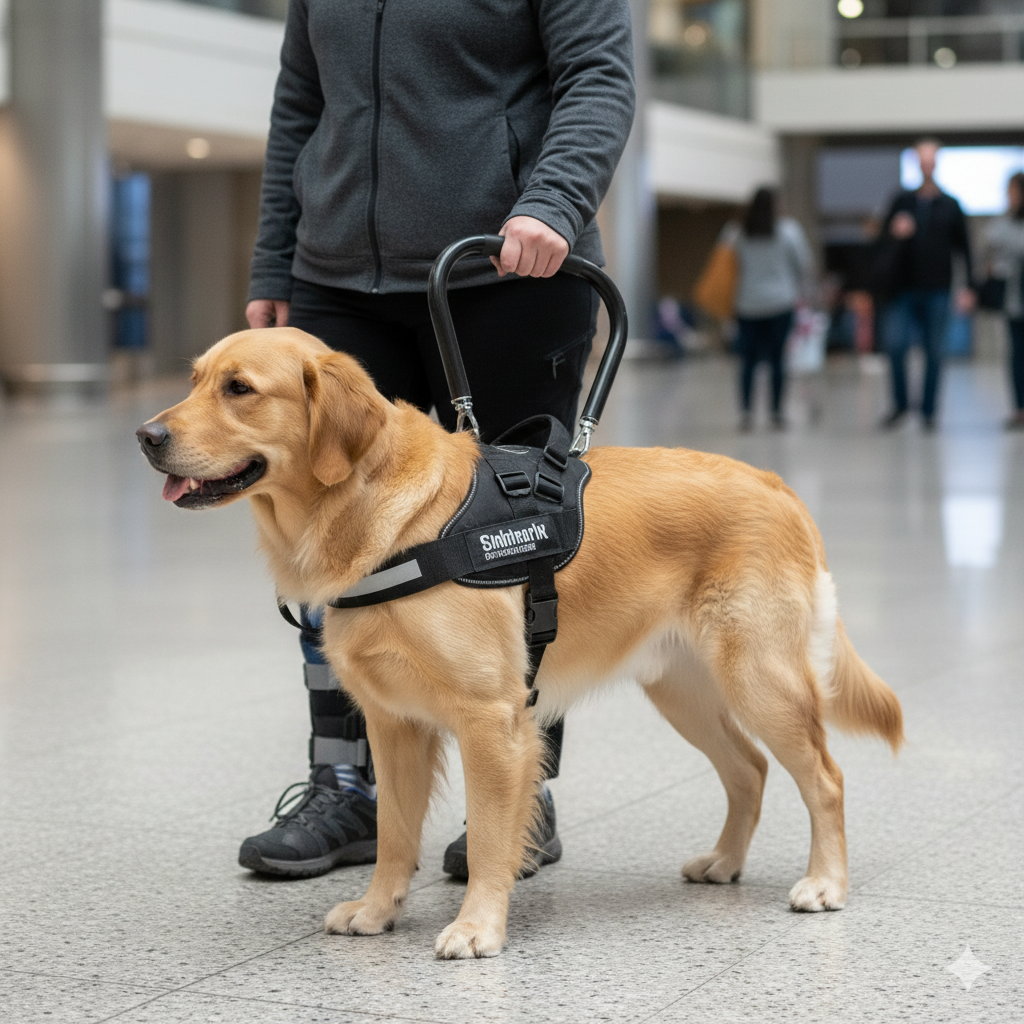
This is where my work as a product designer gets really interesting. The difference between a simple vest and a mobility harness is like the difference between a t-shirt and a structural exoskeleton. A mobility harness is a piece of medical equipment. I worked on a prototype for one a few years back, and the engineering was intense. We had to ensure the load was distributed perfectly across the dog's strongest points—the chest and shoulders—to avoid any risk of spinal injury. The handle had to be a specific height for the handler and absolutely rigid to provide true counterbalance support.
The materials and construction have to be perfect. We used load-rated D-rings and buckles, like you’d find in climbing gear, and triple-stitched every seam.
Types of Task-Specific Harnesses
| Harness Type | Key Feature | Primary Function |
|---|---|---|
| Identification Vest | Lightweight, visible patches | Public awareness, "Do Not Pet" signal |
| Mobility Support Harness | Rigid, stand-up handle | Counterbalance, bracing, stability support |
| Guide Dog Harness | U-shaped rigid handle | Communication of dog's movements and obstacles |
| Pulling/Forward Momentum Harness | Padded chest plate, back clip | Assists with pulling a wheelchair or providing forward momentum |
The design must prioritize the dog's well-being. A poor-fitting or badly designed harness can shorten a service dog's working career due to injury. That's why custom fitting and ergonomic design are not just features; they are absolute necessities.
Does My Service Dog Legally Need to Wear a Vest?
You are training a service dog, and you're unsure about the rules. Is a vest mandatory? You worry about facing access issues if your dog isn't wearing one in public.
No, under the Americans with Disabilities Act (ADA) in the United States, a vest or any form of identification is not legally required for a service dog. However, using one is strongly recommended to make public outings smoother and avoid constant questions or challenges.
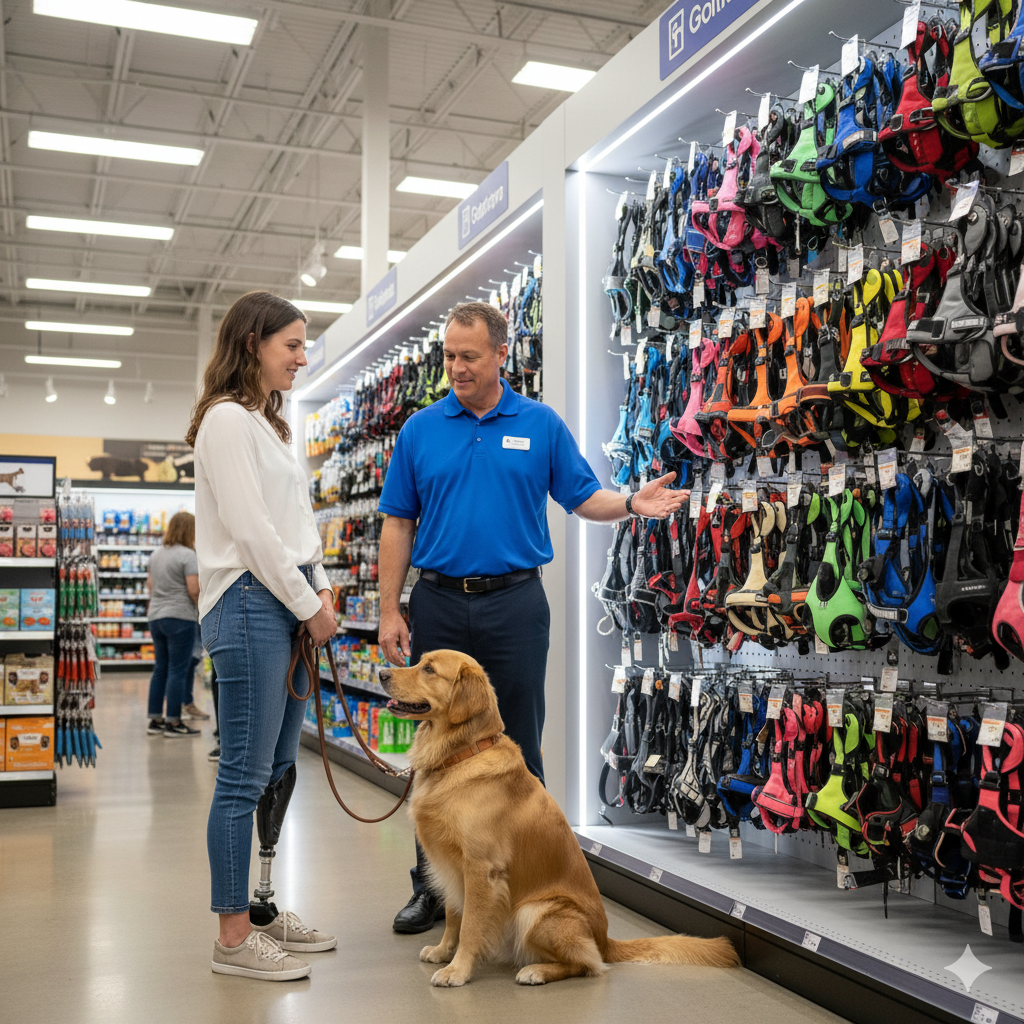
The law is clear: what makes a service animal is its specialized training to perform tasks for a person with a disability, not the gear it wears. Businesses are only allowed to ask two questions: (1) Is the dog a service animal required because of a disability? and (2) What work or task has the dog been trained to perform? They cannot ask for a demonstration or demand to see any "certification" or ID card.
That said, from a practical standpoint, a vest is an invaluable tool. I had a client, a veteran, who was training his own PTSD service dog. He initially felt the vest drew unwanted attention. But after a few stressful encounters at the grocery store where people tried to pet his dog while it was working, he tried a simple vest that just said "Service Dog - Do Not Pet." The difference was immediate. People gave him and his dog more space.
The vest helped educate the public silently, so he didn't have to explain himself constantly. It turned a point of stress into a tool for independence. While not legally required, a vest can prevent many access disputes and protect the dog's focus, which in turn protects the handler. It’s a choice, but it’s a smart one.
Conclusion
A service dog's vest or harness is a multi-purpose tool. It identifies the dog's job, provides critical physical support for its handler, and helps the team navigate the world safely.
Cindy Long is the Sales Manager of Raysunpets and a pet lover with over 12 years of experience in exporting pet products. She specializes in providing customized dog chest carriers, leashes and pet accessory solutions for the European and American markets, always focusing on the real needs of customers and pets, and is committed to creating high-quality, practical and comfortable products that allow fur kids to live happier lives.

